In the world of heavy-duty transportation, semi-trailers play a crucial role, transporting vast quantities of goods across long distances. One of the most critical systems of any semi-trailer is the braking system, which ensures both safety and efficiency on the road. At the heart of this braking system lies the air line that controls the brakes, a component that plays a vital role in the operation of air-braked trailers.
The Basics of Semi-Trailer Braking Systems
Air Brake Systems Explained
Air brake systems are the predominant choice for heavy vehicles, including semi-trailers, due to their reliability and efficiency. Unlike conventional hydraulic brakes, air brakes utilize compressed air to activate the braking mechanism. This system offers several advantages:
- Enhanced Safety: Air brakes can provide a more consistent braking force, essential for large vehicles that require substantial stopping power.
- Fail-Safe Nature: In case of a failure, air brake systems deploy the brakes automatically, preventing runaway vehicles.
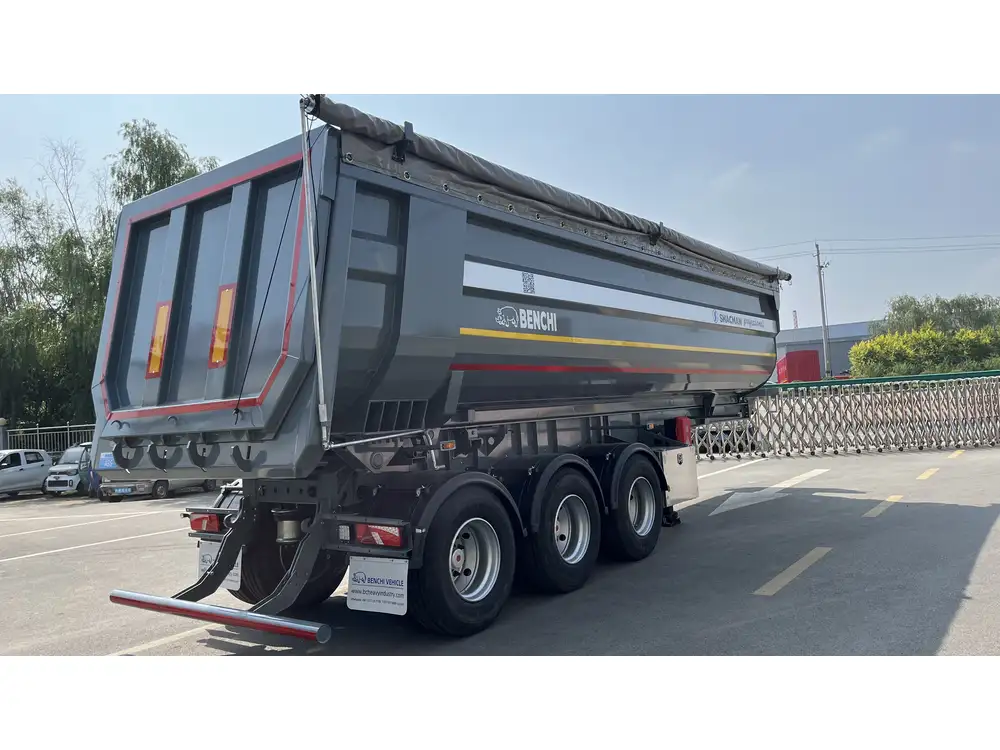
Key Components of Air Brake Systems
To understand the air line that controls the brakes, it is essential to familiarize ourselves with the fundamental components of the air brake system:
| Component | Description |
|---|---|
| Air Compressor | Compresses air for use in the braking system. |
| Air Reservoir | Stores compressed air to ensure immediate availability. |
| Brake Chambers | Convert compressed air into mechanical force to apply brakes. |
| Slack Adjusters | Automatically adjust the brakes to maintain effectiveness. |
| Service Brake Controls | Operate the air brake system from the driver’s position. |
Understanding these components creates a foundation for comprehending how the air line controls the braking mechanism.
The Role of Air Lines in Semi-Trailer Braking
Overview of Air Lines
Air lines are crucial for the transmission of compressed air from the truck’s air brake system to the trailer’s brake components. They come in various configurations, typically color-coded for easy identification, ensuring seamless operation during coupling and uncoupling.
Primary Air Lines: These lines are responsible for delivering compressed air to the brake chambers on the semi-trailer. They are usually marked in yellow and are essential for activating the brakes when pressure is applied.
Emergency Air Lines: Typically marked in red, these lines serve a critical function as well. They maintain a constant connection between the air supply of the tractor and the trailer, ensuring that emergency brakes engage if the air pressure drops below a certain threshold.
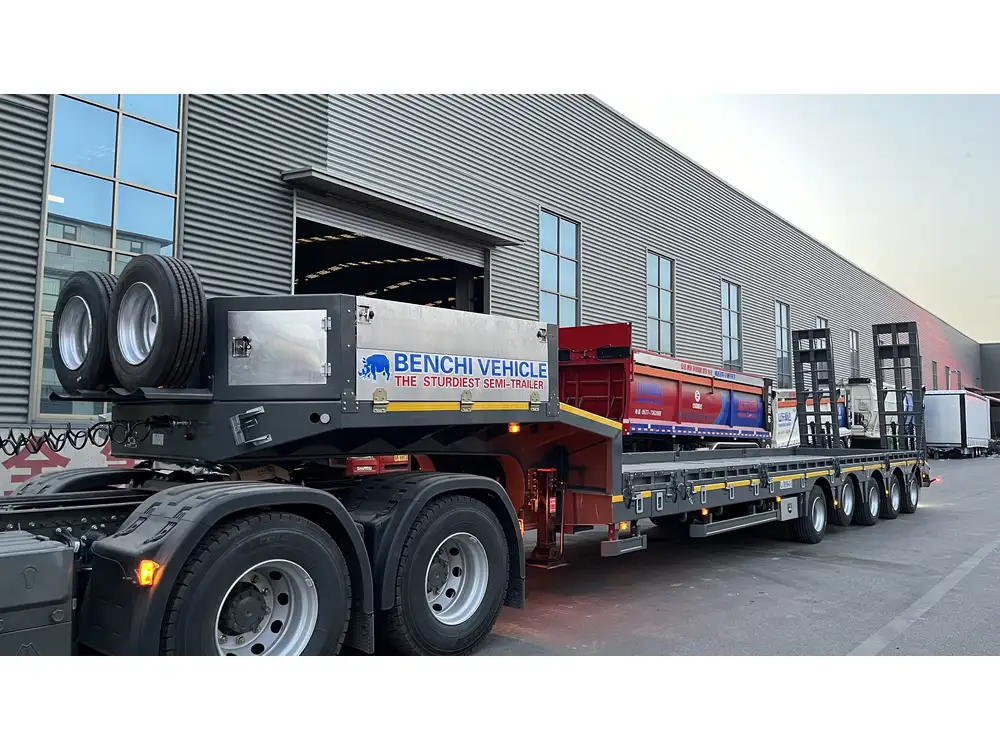
How Air Lines Operate
When the driver of a tractor-trailer combo steps on the brake pedal, the following sequence occurs:
- Compressed Air Release: The foot brake valve releases compressed air from the tractor’s air tanks.
- Air Transmission Through Lines: This air travels through the primary air lines to the trailer’s brake system.
- Actuation of Brake Chambers: The air enters the brake chambers, pushing the diaphragm within the chamber to apply the brakes.
This process showcases the synergy between the air lines and the braking mechanism, emphasizing their essential role.
Common Issues and Challenges with Air Lines
Potential Problems with Air Lines
Despite their robust design, air lines can face several issues that can affect functionality:
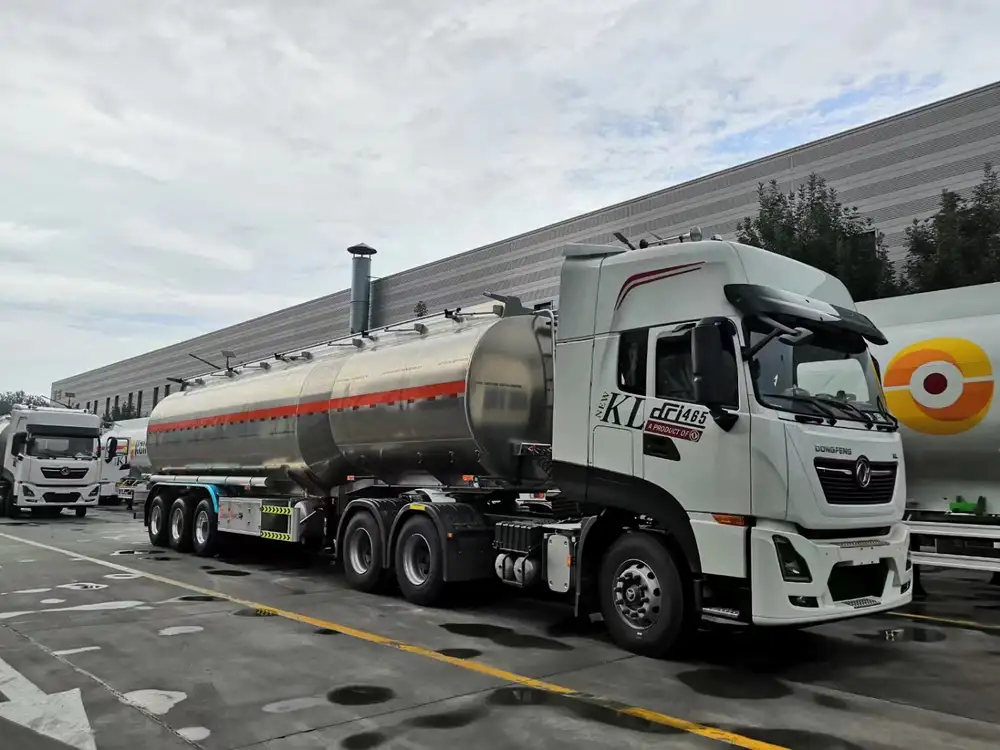
1. Air Leaks
Air leaks in the lines can compromise the efficiency of the braking system. Regular inspections should check for visible damage or wear on the lines. Signs may include:
- Hissing sounds.
- Reduced braking response.
- Visible condensation in the line.
2. Improper Connections
Misalignment or improper connections between the tractor and trailer can lead to compromised braking performance. Ensure that couplers are securely connected and that the air lines are not twisted or kinked.
3. Contamination
Dirt, oil, or moisture can contaminate the air supply, leading to suboptimal performance. It’s essential to keep the air supply clean. Regular maintenance of air dryers is crucial in filtering out contaminants.

Best Practices for Maintaining Air Lines
Regular Inspections
Regularly inspecting air lines is key to maintaining braking efficiency. Here are some best practices:
- Visual Checks: Look for cracks, frays, or any signs of wear.
- Pressure Testing: Conduct a pressure test to identify leaks accurately.
- Connector Maintenance: Ensure that all connections are secure and free from debris.
Recommended Maintenance Schedules
Establishing a maintainable schedule can prolong the life of air lines. Here’s a suggested routine:
| Maintenance Task | Frequency |
|---|---|
| Visual Inspection | Daily |
| Pressure Testing | Monthly |
| Comprehensive System Check (including air dryer) | Quarterly |
| Replace Damaged Components | As needed |
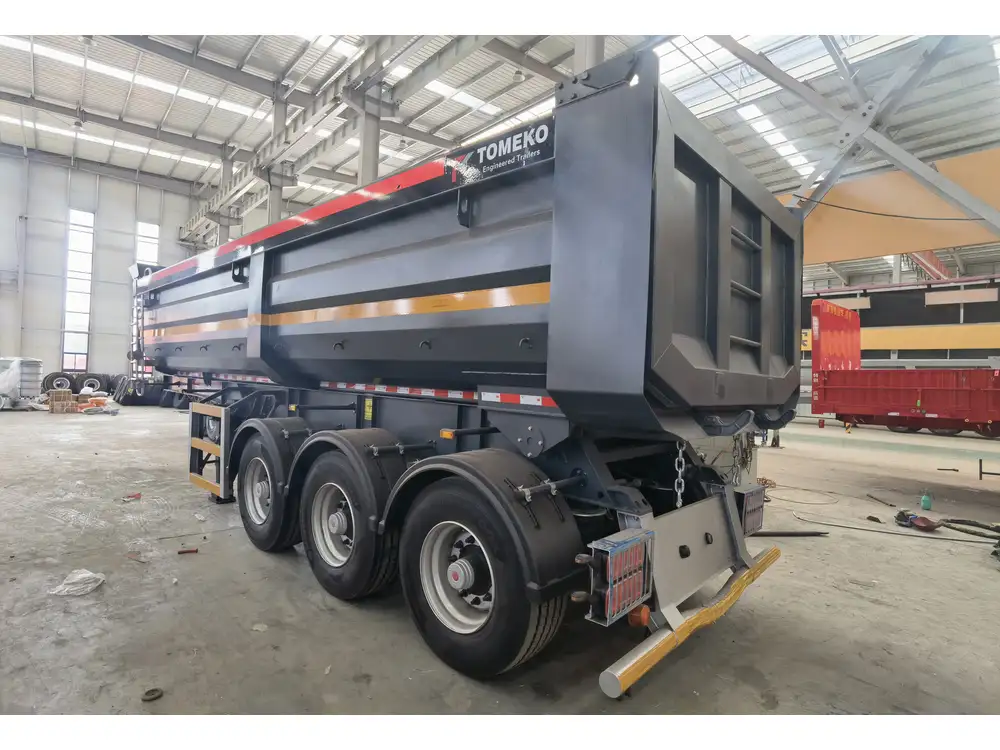
Understanding Air Brake Controls
Service Brake Control
The primary control for the semi-trailer’s brakes is the service brake control, located in the driver’s compartment. This control allows for modulation of braking force, enabling drivers to maintain control in various driving conditions.
Emergency Brake Control
Should a failure occur with the primary air line, the emergency brake control activates the trailer’s parking brakes. It underscores the necessity of having a reliable emergency air line, ensuring safety even in compromised situations.
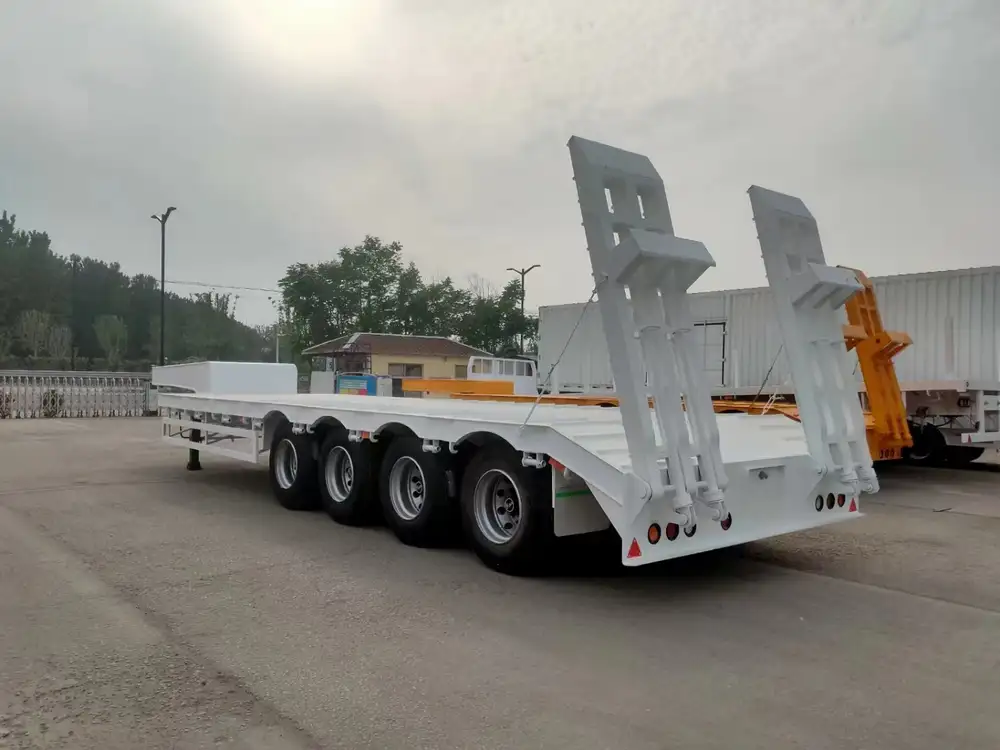
Future Trends in Semi-Trailer Braking Technology
Advancements in Air Brake Systems
The evolution of air brake technology continues to progress, with innovations aimed at enhancing safety and efficiency. Some foreseeable trends include:
- Smart Air Brake Systems: Integration of sensors that will automatically adjust braking force based on load and terrain conditions.
- Anti-lock Braking Systems (ABS): Enhanced capabilities for emergency stopping, preventing wheel lock-up and providing better stability.
- Telematics Integration: With advancements in truck technology, telematics can track brake performance in real-time, alerting drivers to potential issues before they become critical.
Conclusion
In summation, understanding the air line that controls the brakes on a semi-trailer is fundamental for both manufacturers and operators. From the basic functions of air brake systems, the integral role of air lines, to best maintenance practices, this knowledge is vital for ensuring safety and efficiency on the roads. Adopting these insights and practices can significantly reduce potential issues, enhance overall performance, and extend the life of air brake systems in semi-trailers. As technology continues to evolve, staying informed about advancements will ensure that we can adapt and improve our operations accordingly. Investing in training and resources dedicated to air brake systems will not only address current needs but also prepare for future developments in the transport industry.



